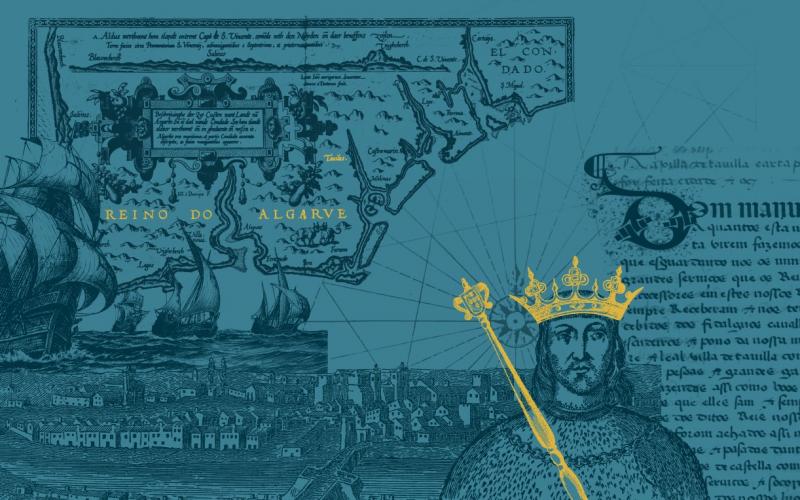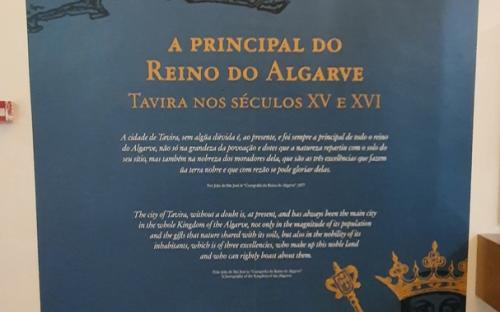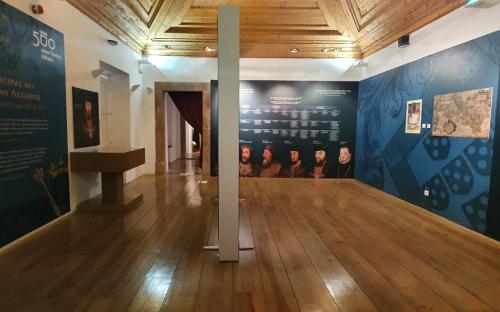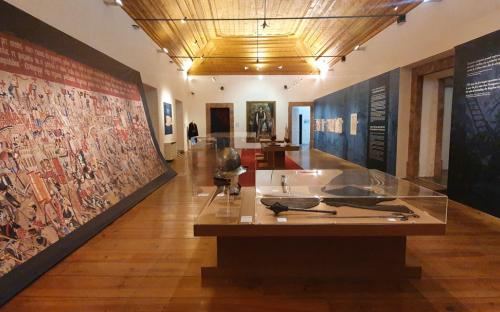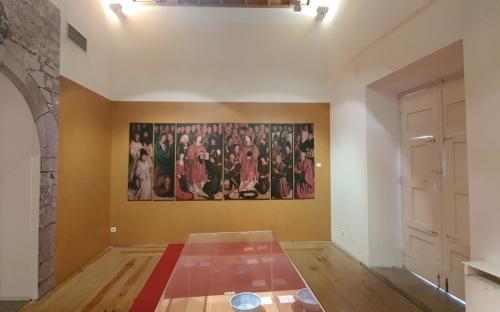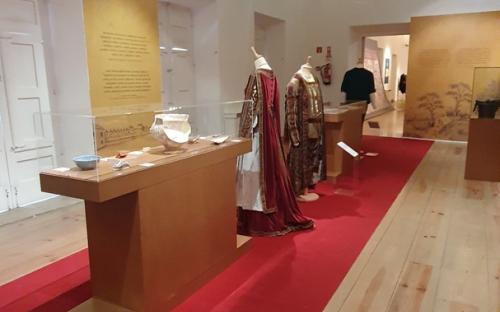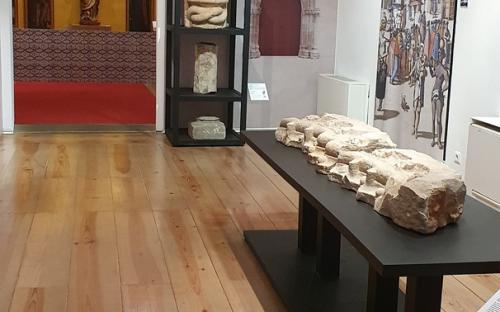…A cidade de Tavira sem alguma duvida é, ao presente, e foi sempre a principal de todo o Reino do Algarve, não só na grandeza da povoação e dotes que a natureza repartiu com o solo do seu sitio, mas também da nobreza dos moradores dela, que são três excelências que fazem boa terra nobre e que com razão se pode gloriar delas.
. . The City of Tavira, without a doubt is, at present, and has always been the main City in the whole Kingdom of the Algarve, not only in the magnitude of its population and the gifts that nature shared with its soils, but also in the nobility of its inhabitants, which is of three excellencies, Who make up this noble land and who can rightly boast about them.
Frei João de São José, in "Corografia do Reino do Algarve" 1577
(Chorography of the Kingdom of the Algarve)
“A Principal do Reino do Algarve – Tavira nos seculos XV e XVI” é uma exposição comemorativa, realizada com investigação multidisciplinar e fundamentação científica, educativa e didáctica, que procura explicitar, de forma sintética e acessível, as razões políticas, sociais, económicas e culturais que levaram D. Manuel I a elevar Tavira a Cidade em Março de 1520.
"The Head of the Kingdom of the Algarve - Tavira in the 15th and 16th centuries" is a commemorative exhibition, realised by drawing on multidisciplinary research with a scientific basis, it is educational and didactic, and seeks to explain, in a synthetic and accessible way, the political, social, economic and cultural reasons that led King Manuel I to raise Tavira to a City in March 1520.
A exposição orienta-se por um arco temporal-cronológico que vai de 1415, momento do regresso de D. João I, príncipes e chefias militares por Tavira após a tomada de Ceuta, à perda da independência nacional decorrente da morte em 1580 do Cardeal D. Henrique e processo de sucessão.
The exhibition is guided by a timeline that takes us back to 1415, when King John I, princes and military leaders returned to Tavira after the taking of Ceuta, the loss of national independence due to the death of Cardinal Henry in 1580 and the succession process.
A exposição foi realizada com a colaboração e apoio de vários museus, bibliotecas e arquivos portugueses. Nela o visitante poderá conhecer documentação histórica, cartas régias, livros e cartografia antiga, mapas e plantas, objectos e cerâmica, obras de arte dos seculos XV e XVI, instrumentos de navegação e réplicas de naus, um cota de malha e armamento militar diverso, vestuário da época, reprodução das tapeçarias de Pastrana, entre muitos outros elementos informativos.
The exhibition was carried out with the collaboration and support of several Portuguese museums, libraries and archives. Visitors to the exhibition will have the chance to explore historical documentation, royal letters, books and ancient cartography, maps and blueprints, ceramic objects, works of art from the 15th and 16th centuries, navigation and ship replicas, chainmail and various military armament, costumes, reproductions of Pastrana tapestries, among many other informative elements.
